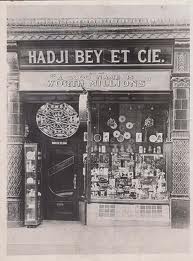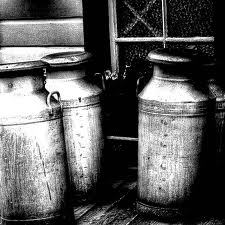A sweet story from Cork
 Made by an Armenian in the city of Cork, Hadji Beys Turkish delight has a story that beggars belief, writes MARIE-CLAIRE DIGBY , was once one of Ireland’s most successful exports, selling in Harrods of London and Macy’s in New York, and being supplied to Buckingham Palace.
Made by an Armenian in the city of Cork, Hadji Beys Turkish delight has a story that beggars belief, writes MARIE-CLAIRE DIGBY , was once one of Ireland’s most successful exports, selling in Harrods of London and Macy’s in New York, and being supplied to Buckingham Palace.
The opulent pink and yellow boxes, embossed in silver, went back on shop shelves last year when Newbridge confectionery maker Leo Cummins re-established the brand, 40 years after Eddie Batmazian, Harutun’s son, closed the business in Cork.
Hadji Bey Milseáin na Tuirce i gCorcaigh is a TG4 documentary directed by RoseAnn Foley and presented by her sister Catherine Foley, which tells the story of Batmazian and his exotic sweetmeats. It is being screened tomorrow at 9.30pm (repeated on Wednesday at 11.30pm).
The film includes rarely viewed footage of Cork city in the early 1900s by filmmakers Mitchell Kenyon, with contributions from historian and writer Diarmuid Ó Drisceol, TV presenter and producer Pat Butler, writer Prof Alan Titley, and Pól Ruiséil of Ionad na Gaeilge Labhartha, the Centre for Oral Irish, at UCC.
Two of Batmazian’s grandchildren, Dolores Cunningham and Derek O’Sullivan, also feature, and describe the difficulties their grandfather and his wife Esther had to overcome in their early years in Cork.
Having fled persecution in their homeland, the couple were mistakenly identified as Turks by soldiers returning from the first World War, and their shop on Lower Glanmire Road was burned down. When they reopened on McCurtain Street, Batmazian had a legal document drawn up, called Live and Let Live, which he hoped would explain his heritage and protect his business. In the event, his superior confectionery, made with ingredients imported from all over the world, spoke for itself, and became a firm favourite in Ireland and beyond.
Hadji Bey: Milseáin na Tuirce i gCorcaigh is on TG4 tomorrow at 9.30pm and repeated Wednesday, December 21st, 11.30pm
More can be found here on the Examiner’s website also!
